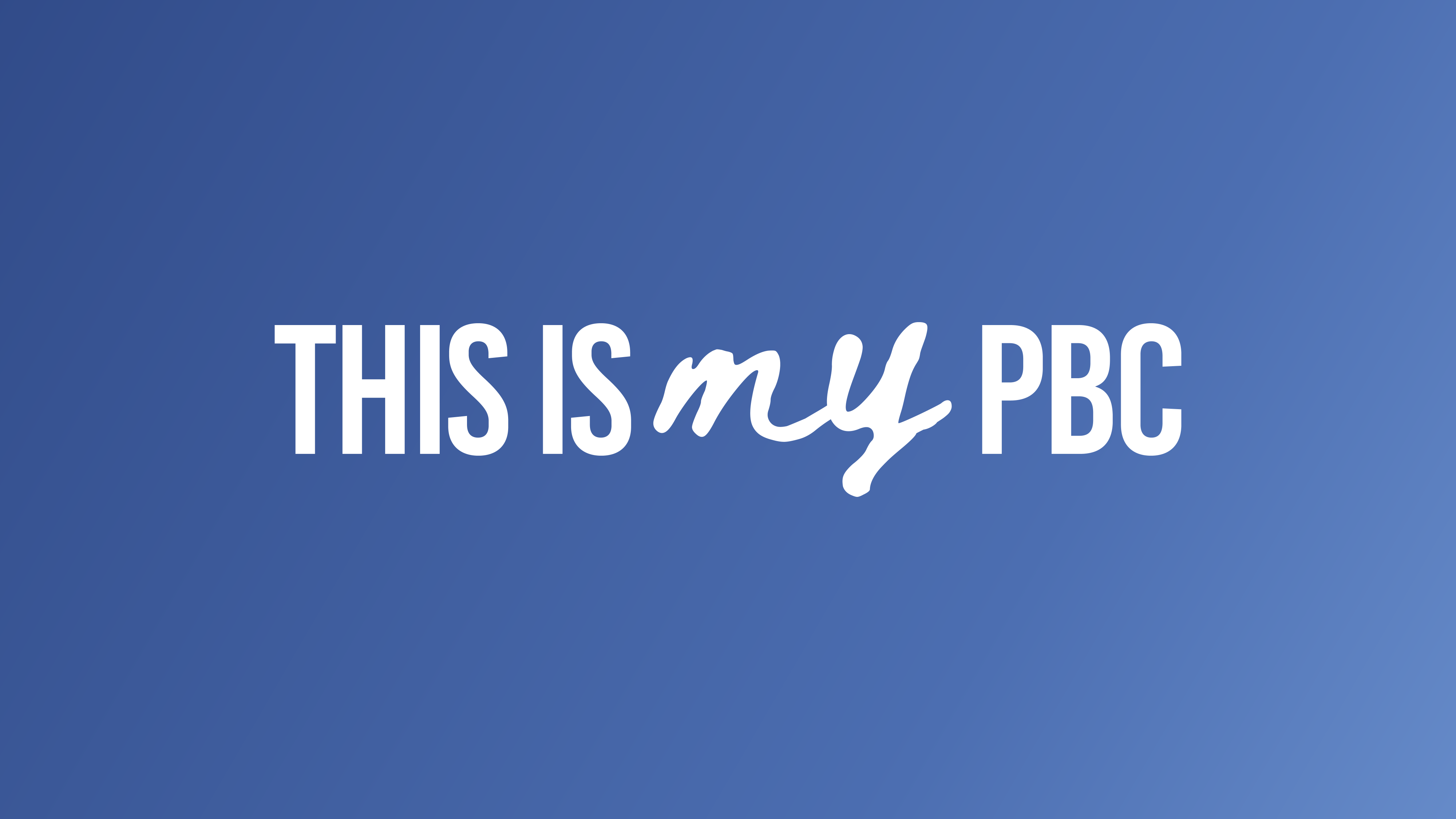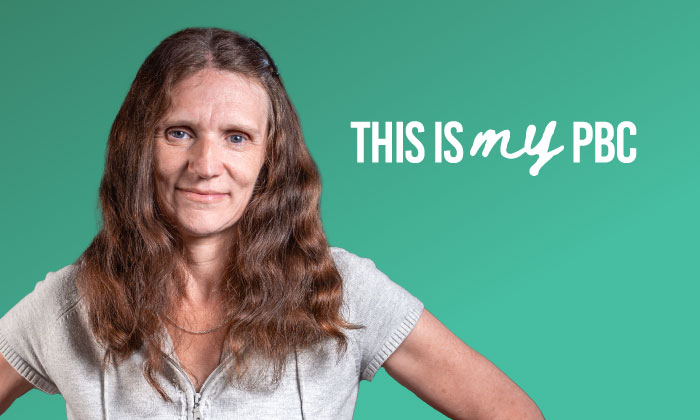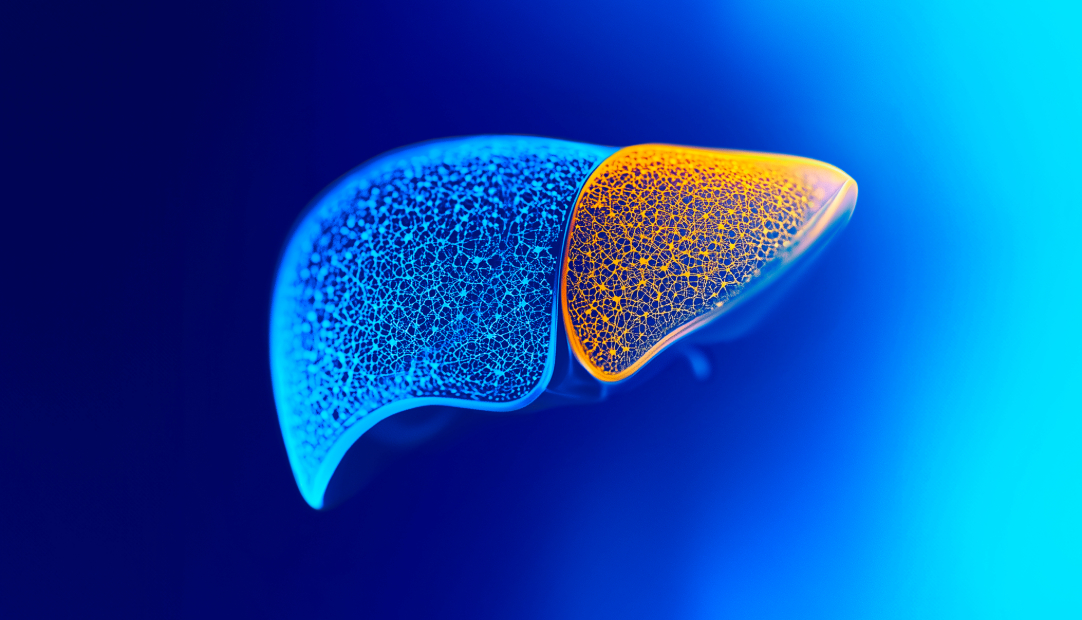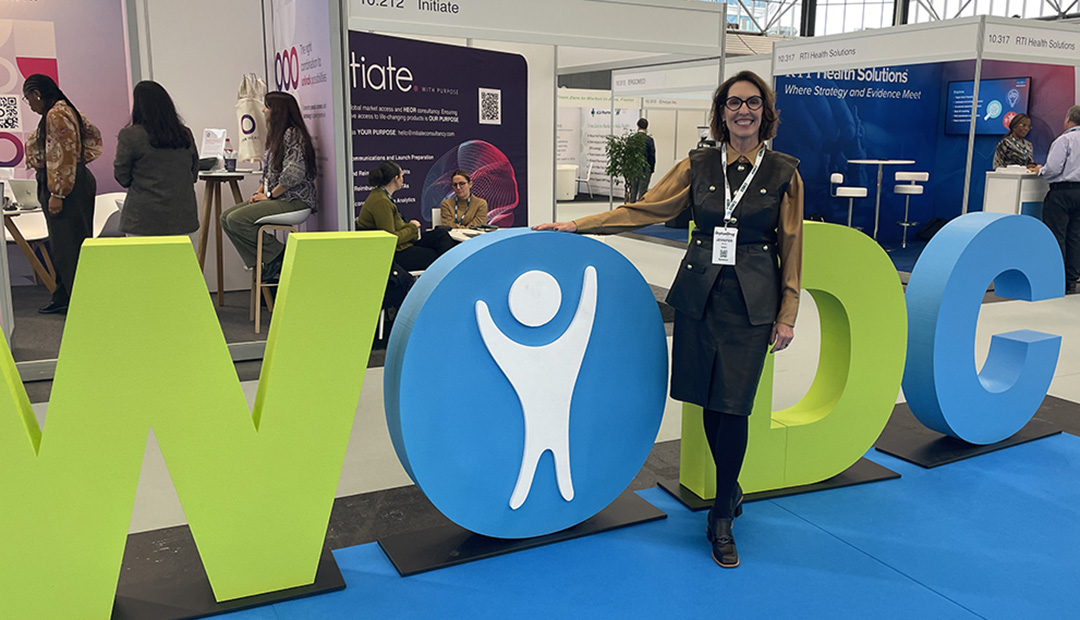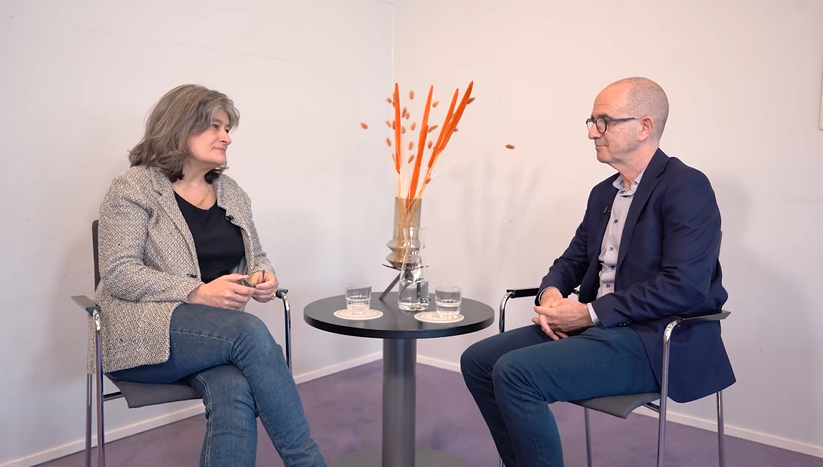Primary Biliary Cholangitis: The Power of Patient Reported Outcomes

“The important thing with PBC is to take a holistic view of it, and think ‘What are the problems we are trying to solve? The first is the risk of progression to cirrhosis, and the other is symptoms and quality of life.” – Professor David Jones.
Primary Biliary Cholangitis, or PBC, is a rare, autoimmune, cholestatic liver disease.1 Of those living with PBC, nine out of 10 people are women, though reasons for this are largely unknown.2 Some evidence suggests there may be a genetic and environmental cause, but more research is needed.3,4 Despite stigma often faced by people living with PBC, we do know that the disease is not caused by alcohol consumption.3,4
Those living with PBC can face debilitating symptoms with a significant impact on daily life.5 Fatigue is the most frequent symptom, affecting up to 77% of patients.6 Almost half (45%) of people with PBC live with clinically significant fatigue, of which nine of out ten people have a poor quality of life and show symptoms of social impairment or dysfunction.7 Pruritus (severe itch) is another common symptom and can affect up to 70% of patients at some point during their experience with PBC.8,9 Both symptoms can cause such a negative impact on a person’s quality of life and can lead to depression, sleep deprivation, and suicidal ideation.10
“In terms of symptoms, the first battle is to get clinicians to actually ask about them. So about half of all patients are never actually asked about their symptoms, and that’s an obvious problem.” – Professor David Jones.
Ipsen’s Chief Medical Officer, Sandra Silvestri, had the opportunity to sit down with Professor of Liver Immunology, David Jones, at this year’s The Liver Meeting, an annual congress run by the American Association for the Study of Liver Diseases (AASLD). Here, Professor Jones shares the importance of patient reported outcomes being considered alongside biomarkers of liver health to help address the symptoms which are having a significantly negative impact on a person’s quality of life and ultimately, help improve the care of people living with PBC.
Listen to the full interview below.
References
- Younossi ZM, et al. 2019. Diagnosis and Management of Primary Biliary Cholangitis. Am J Gastroenterol. 114(1):48–63.
- Galoosian A, et al. 2020. Clinical updates in primary biliary cholangitis: trends, epidemiology, diagnostics, and new therapeutic approaches. J Clin Transl Hepatol. 8(1), pp. 49-60.
- Primary Biliary Cholangitis. British Liver Trust. https://britishlivertrust. org.uk/information-and-support/liver-conditions/primary-biliary- cholangitis/. Accessed October 2023.
- Joshita S, et al. 2018. Genetics and epigenetics in the pathogenesis of primary biliary cholangitis. Clin J Gastroenterol. 11, 11–18.
- Selmi C, et al. 2007. Quality of life and everyday activities in patients with primary biliary cirrhosis. Hepatology. 46(6), pp.1836-1843.
- Jung HE, et al. Prognostic indicators in primary biliary cirrhosis: significance of revised IAHG (International Autoimmune Hepatitis Group) score. Clin Mol Hepatol. 2012;18(4):375-382.
- Mells GF, et al. 2013. Impact of Primary Biliary Cholangitis on Perceived Quaity of Life: The UK-PBC National Study. Hepatology. 58:273-283.
- Milovanovic T, et al. Quality of Life in Patients with Primary Biliary Cholangitis: A Single-Center Experience in Serbia. Dig Dis. 2020;38:515-521.
- Oeda S, et al. Prevalence of pruritus in patients with chronic liver disease: A multicenter study. Hepatol Res. 2018;48:E252-E262.
- Gungabissoon U, et al. 2022. Disease burden of primary biliary cholangitis and associated pruritus based on a cross-sectional US claims analysis. BMJ Open Gastroenterol. 9(1), p.e000857.



